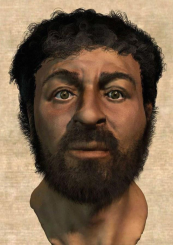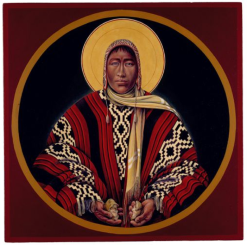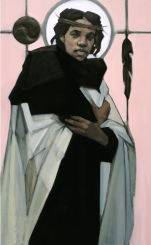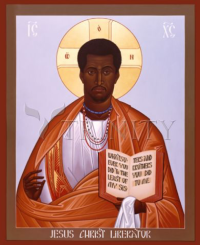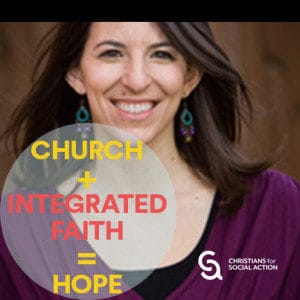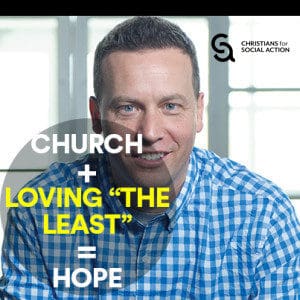Forensic Jesus on Vimeo.
As you know, Jesus was not European or white. Jesus was Middle Eastern and Jewish, of African and Canaanite descent. Back in 2002 a forensic artist used Semite skulls found in Israel to reconstruct the face and head of what a first-century male from Palestine would most probably have looked like.
Jesus possibly looked something like the image above. Definitely more like this than the Euro-American Jesuses that hang in so many churches, which are basically untruths – like Warner Salman’s Head of Christ.
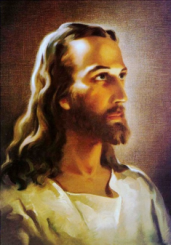
I propose that every church in the world that has a picture or painting of Jesus print out a high quality print of the Forensic Jesus, frame it beautifully, and hang it next to the European Jesus (or whatever Jesus you have displayed). I’m not suggesting that you take the European Jesuses down (although you certainly can) but that you simply call it a European Jesus rather than “Jesus” or “Christ.” And feel free to hang many pictures of Jesus in your church, identifying each of them according to the culture that produced them, especially the ‘white’ ones. Because, as you know, Jesus wasn’t white, and as Jesus said, “the truth shall set you free.”
If you do this, please let us know by commenting here, and please share this idea with all your friends, family, colleagues, and enemies. Our goal is to have the Forensic Jesus displayed in one million churches, one church at a time.
Forensic Jesus
Jesus of the People, by Janet McKenzie
Jesus Christ Liberator

